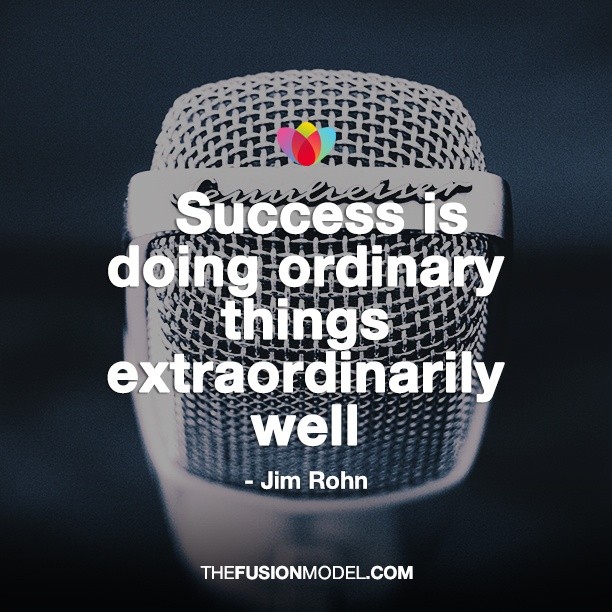Mindfulness is all about focusing; about paying attention in the here and now, in a detached and non-judgemental way. It is both the art and the skill of being present; of being aware of your awareness itself.
It is a way of being truly conscious.
So many of our responses are unconscious; if we are not careful, much of our life can be lived on a kind of autopilot; caught up in memories of the past or imaginings of the future and not really ‘here’.
The things we do unconsciously or automatically can control us and can mean also that we make bad choices.
This is very true when it comes to eating patterns.
Do you really want that biscuit?
How easy is it to open a packet of chocolate biscuits and, before you know it, half of them have gone?
It’s as though you have been in a trancelike state; as though someone else is eating the biscuits. And, much of the time we are not eating the biscuits because we are actually hungry but are looking for something else.
Eating the wrong things or just eating too much can happen as a reaction to external triggers that raise uncomfortable emotions for us. We seek to make ourselves feel better; to calm ourselves down or to self nurture. Many people eat when they get stressed or feel lonely or sad. They are looking for comfort or a quick boost for low blood sugar.
Many people make poor food choices because it has simply become a habit.
Savouring
It might be a biscuit with a cup of tea or a cake with coffee or a bag of crisps with a late-night glass of wine. These patterns and habits get reinforced on a daily basis and can make us pile on the pounds over time.
Mindfulness can help us to make healthy choices, helping us step back from habit and automatic reaction and help us buy time to respond to food with emotional intelligence. Mindfulness allows us to pay attention to our food so that we are fully aware of it, how it looks, smells, tastes, feels and how our body responds to the eating of it.
Mindfully eating a meal will slow us down, helping us to chew properly and savour the taste texture of the meal. Many of us eat far too quickly; barely tasting what we are eat and certainly not taking the time to really enjoy the food.
Mindfulness can also allow us to be aware of whether we are actually hungry at all, or are simply eating to ‘swallow back down’ some uncomfortable feelings. Being drawn to sugary and indulgent foods may also be connected with memories of childhood, when many of us first begin a pattern of emotional eating.
Being mindful also allows us to have a real sense of what our bodies really need to stay healthy and make good choices.
Eating a raisin is a classical mindfulness practice that brings our full awareness to savouring food. It can be done with any food.
Doing the exercise regularly will help you slow your eating down; to make good choices about what, and how much, you eat; and to also actually taste and enjoy the food.
Just one raisin: Eating mindfully
Holding
Choose a raisin and place it in the palm of your hand or hold between finger and thumb. Focus your attention on the raisin. Be curious, as though you have never seen a raisin before and it is completely new to you.
Seeing
Allow yourself to really look at the raisin. Give it your full attention and allow your eyes to explore every part of it. Notice where the light shines on it; where the folds and creases fall in to shadow. Notice the shape and uniqueness of this raisin.
Touching
Now begin to turn the raisin over between your fingers or in the palm of your hand, exploring the texture, perhaps even closing your eyes to bring up your sense of touch.
Smelling
Bring the raisin up to your nose and, as you breathe in, inhale the fragrance, aroma and smell. You might also be aware of changes in your mouth or digestive system as a result of doing this.
Placing
Put the raisin to your lips and have an awareness of how your hand and arm do this. Place the raisin in the mouth and explore the texture of the raisin with your tongue.
Tasting
When you are ready, prepare to chew the raisin and consciously take one or two bites, noticing what happens, savouring the taste as you continue to chew. Continue until you are ready to swallow the raisin.
Swallowing
Become aware of your intention to swallow the raisin and then swallow.
Following
Continued the awareness exercise as the raisin makes its way down the throat and into your stomach. Scan the body as a whole for a sense of its response after completing this exercise in mindful eating.




